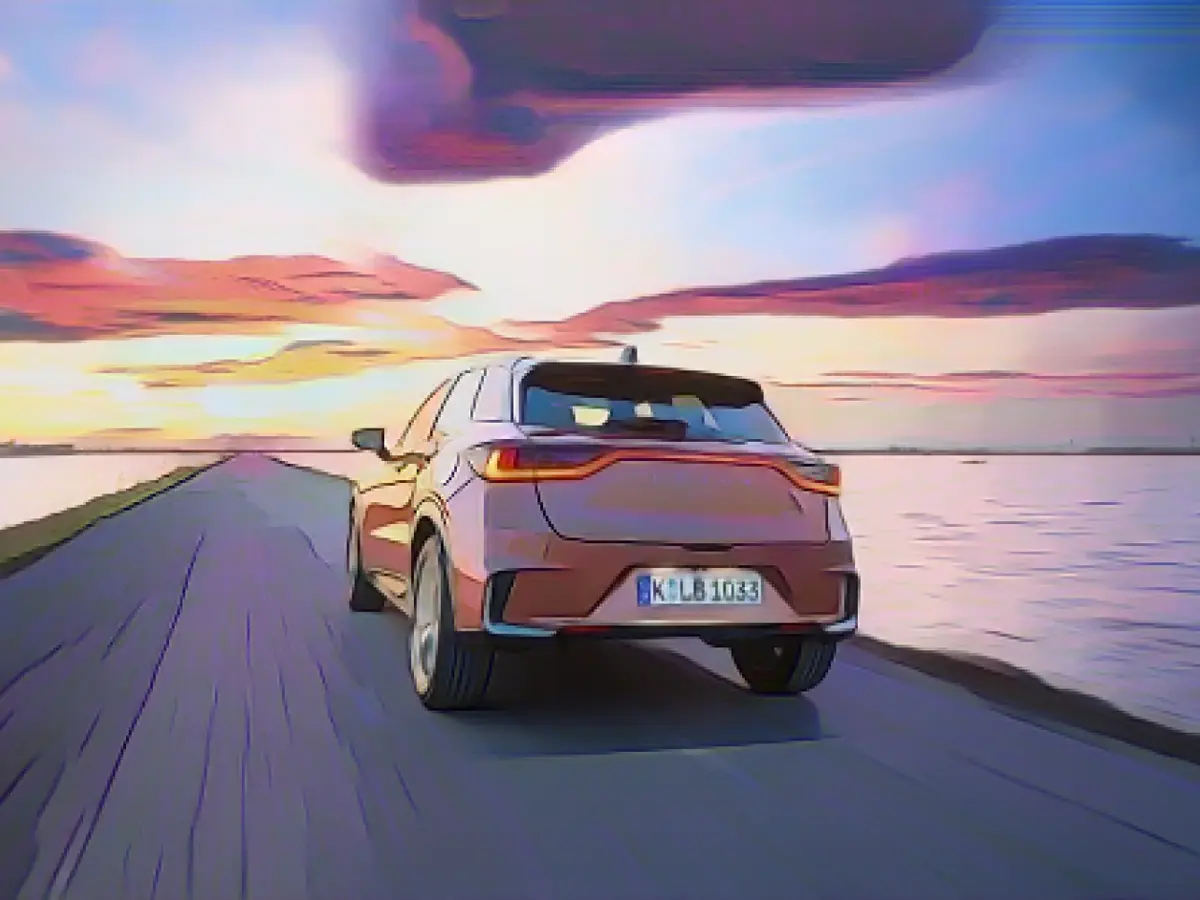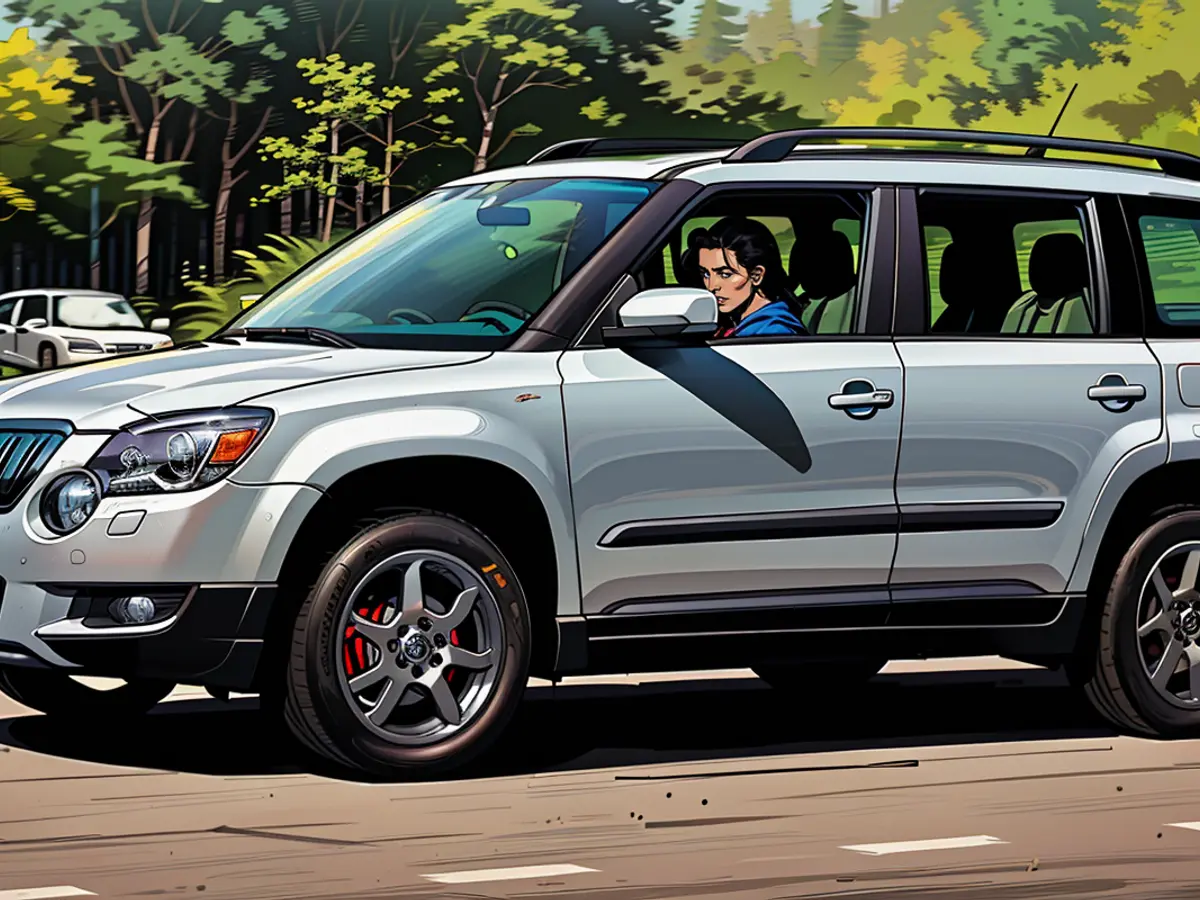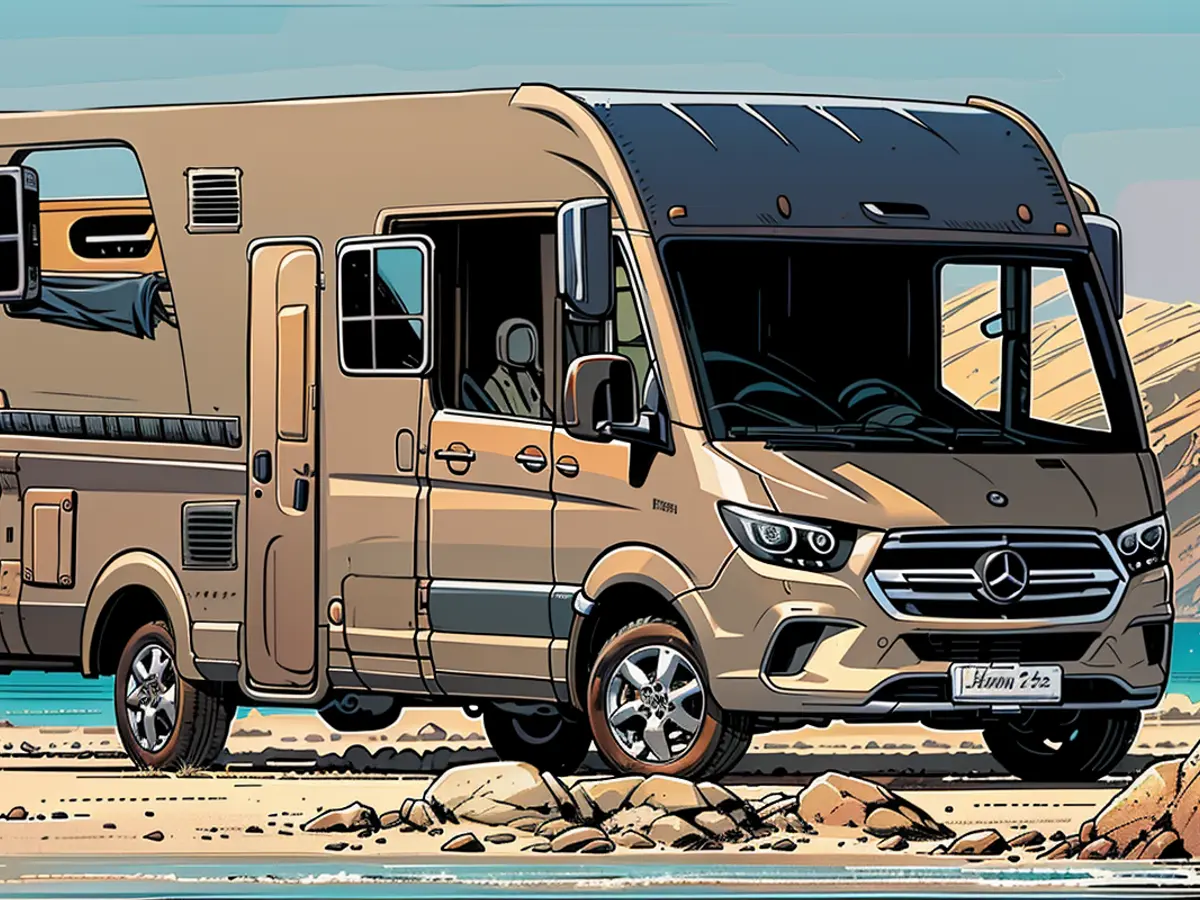Driving report: Lexus LBX - Growing downwards
It is surprising that at a time when many manufacturers are withdrawing from the lower vehicle segments, Lexus has decided to take the exact opposite approach and present its smallest car since the brand was founded. Technically, the 4.19 meter long LBX is closely related to the Toyota Yaris Cross, which is also based on the GA-B platform. Visually, however, the two sister models have nothing in common worth mentioning and the Lexus looks more of a piece than its high-legged counterpart from Toyota. It is 6.5 centimeters wider and almost five centimeters lower than the Yaris Cross with almost the same length.
The quality of the materials covering the dashboard with the central 9.8-inch screen is noticeably higher and the comfortable seats, optionally covered in leather, imitation leather or fabric, not only look good, but also offer passengers of all sizes appropriate travel comfort. In addition to the 12.3-inch display behind the wheel, the driver of the LBX has a lower view of the recommended head-up display and its most important information than in the Corolla Cross. In this class, this is just as unusual as the insulating glass on the front doors or an exclusive Mark Levinson sound system with 13 loudspeakers. In view of this vehicle class, you shouldn't expect any miracles in terms of space, which is why the rear seats are cramped for knees and head from a height of 1.80 meters at the latest. With a load volume of 332 liters, the front-wheel drive model offers significantly less space than the ever-shrinking competition. And as an all-wheel drive vehicle, just 284 liters are available, meaning that the rear seats have to be quickly folded down for larger items.
The familiar hybrid drive combines a 1.5-liter three-cylinder engine with 67 kW / 91 hp / 120 Nm with an electric motor with 69 kW / 94 hp / 185 Nm, resulting in a total output of a manageable 100 kW / 136 hp with a maximum torque of 185 Nm. The all-wheel drive vehicle has an additional electric motor on the rear axle to improve grip, especially when starting off, but the manageable 4 kW / 6 hp / 52 Nm with the same total output does not bring any noticeable advantages in terms of drive. The most important technical innovation is the chemistry of the small 1 kWh battery, which is not made of lithium but of nickel hydride as in the old Toyota/Lexus hybrids. Kunihiko Endo, chief engineer of the Lexus LBX: "If we compare only nickel hydride and lithium, the latter is of course lighter and more efficient, but the bipolar design makes the difference because the electrode works as an anode in one cell and as a cathode in another, which allows us to reduce the volume of the battery while increasing its electrical conductivity and performance."
Not least because of the continuously variable CVT automatic transmission, the drive system presents the familiar picture of some hybrids: the acoustically present petrol engine revs up loudly when the driver presses down on the accelerator pedal, generating too much noise for the power output. It only becomes more muffled when the accelerator is reduced. This is not the only time the insulating glass makes a pleasant impression in the interior. The top versions also have shift paddles on the steering wheel to simulate the operation of a five-speed manual gearbox, and an S drive program for a shorter gear ratio is intended to give the driver the illusion of being particularly energetic. The driving performance is not very impressive, but should be enough for many potential customers. From a standstill, the small Lexus accelerates to 100 km/h in 9.2 seconds and has a top speed of 170 km/h. The hybrid's standard fuel consumption is 4.4 liters of premium fuel per 100 kilometers.
The chassis set-up gets good marks. The comfortable chassis with McPherson front axle and torsion beam rear axle (front-wheel drive) or double wishbone rear axle (all-wheel drive) was developed with automatic distribution of the braking force to all four wheels in order to limit body roll. Kunihiko Endo: "It is an individual hydraulic control of the braking force on the front and rear wheels, and this variation enables stable, horizontal handling." When cornering, the stability of the almost 1.4-ton SUV with limited pitching behavior benefits significantly from the variable brake force distribution, while the body roll is also reduced. This makes it more relaxed to drive than the competition. If you want to test it for yourself, the first deliveries to customers are scheduled for next April. Prices range from 32,990 to 46,190 euros, depending on the equipment variant and drive system.
Read also:
- Despite being related to the Toyota Yaris Cross, the Lexus LBX, with its 1.5-liter Toyota engine, stands out visually and offers a higher quality interior, making it a more luxurious option in the crossover segment.
- The Lexus LBX LBX, a Lexus model smaller than its predecessors, competes in the same segment as the Lexus LBX, featuring a Lexus LBX with a hybrid drive similar to earlier Toyota/Lexus hybrids.
- When test driving the Lexus LBX LBX, potential buyers may notice that the car has a Lexus LBX, which allows for a more fuel-efficient driving experience.
Source: www.stern.de








